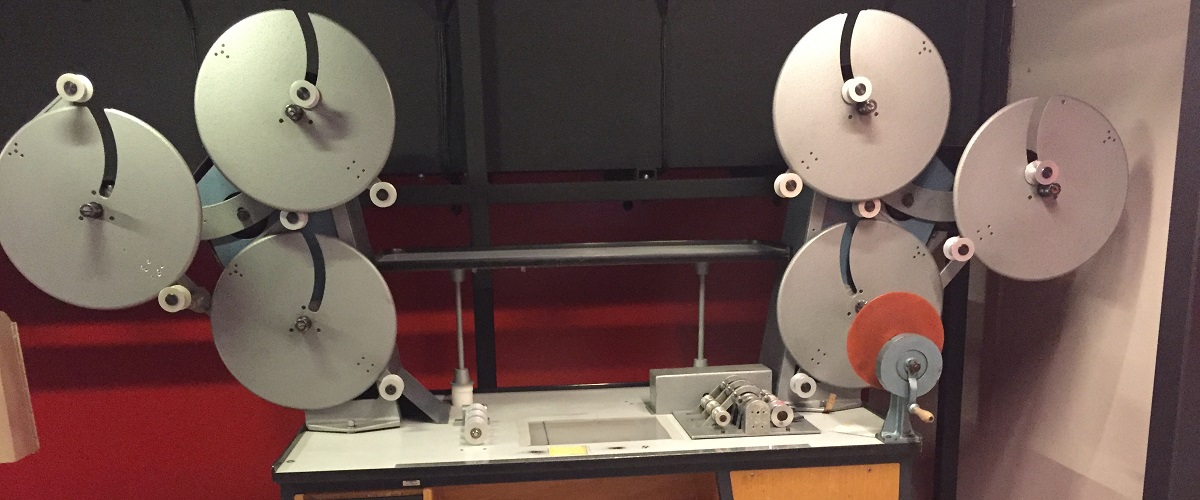From perforations to pixels in Postdam – the moving image archive goes to Europe!
Find out more about the National Library of Scotland's Moving Image Archive with Curator Ann Cameron.

I work at the National Library of Scotland’s Moving Image Archive here at the Kelvin Hall. I manage the description of film and video and make as much of it as possible available to view on our catalogue. The collection ranges from 1895 to the present day, from 35mm professional production to 8mm amateur collections. It includes important documentary works recording Scotland’s industrial past, home movies, experimental material and television programmes… and so much more! You can view around 3,000 digital films for free here at Kelvin Hall and this is growing all the time.
I recently attended a workshop to find out what other film archives across Europe and the world are up to with their data, and how a relatively new standard might help the description and sharing of our rich audiovisual collections. There was also a chance to look at the FIAF Moving Image Cataloguing Manual in more detail with the people who actually wrote it! The National Library of Scotland’s Moving Image Archive is a member of the International Federation of Film Archives and Film Archives UK and events like these are a great way of keeping in touch with colleagues and influencing developments.
There were presentations from places like the Museum of Modern Art, New York and the Cinémathèque Royal de Belgique, Brussels. As well as examining positive practical experiences of film cataloguing, people talked about barriers to progress and how it was not always easy to develop new ways of working to meet user expectation. There was also a bit of crystal-ball gazing, to share what might happen in the age of linked data. You can explore everything here.
What was interesting is the way archives have to think differently in the digital world. Being available at the click of a button is making us question how we access information, especially publicly funded collections such as those at the National Library of Scotland.
As an example, I offer the film Trainspotting. This feature film is preserved at the British Film Institute. As you can see from their catalogue record, everything the BFI hold is connected: all audiovisual items, scripts, posters, still images, articles, books and digital documents. People and organisations are fully linked to all the other works they are involved in.
Our catalogue links through to a huge variety of content in different ways using the search and browse option. For example, you can see all the films we have about Kelvin Hall at the touch of a button , and there are plenty of films to watch!
Apart from the workshop, I was able to take a tour of the Filmmuseum Postsdam which gave a fascinating insight into the history of film, including the work of the nearby Studio Babelsberg. It was especially good, in this age of ‘ones and zeros’, to remember the analogue world that films actually come from – to see some metal film cans and sound equipment, some real props and costumes! Being in the former East Germany for the first time was also an eye-opener, as colleagues from across the former East Germany and USSR shared their experiences of socialist and communist rule and how that affected the film archive community.
Getting ‘out of the office’ to share experiences and concerns and to work with cataloguers in other film archives has been an invaluable experience. Hopefully I have given an insight into some of the activities that go on ‘behind the scenes’ to make our digital collections accessible.
Ann Cameron, Curator, National Library of Scotland Moving Image Archive







